It is with great sadness that Hanoi says farewell to a legend. Later on the afternoon of the 19th of January 2016 the body of the Hoan Kiem Turtle was found floating in central Hanoi’s Hoan Kiem Lake. The turtle is famous in Vietnam with a 15th century legend relating to the giant animals that have inhabited the lake. In the legend King Le Loi was out on the lake following his victory over the invading Chinese army when a giant turtle emerged and took his magical sword that had been used in the battle. Following this the name of the lake was changed from the ‘Green Lake’ to Hoan Kiem Lake which translates as the ‘Lake of the Restored Sword’. Since this time the observation of a large turtle in the lake has often drawn crowds of spectators, with many Hanoian’s believing that seeing the turtle will bring good fortune. The old male that died yesterday was often referred to as ‘Cu Rua’ that means Great Grandfather Turtle and was a large individual of the Swinhoe’s Softshell Turtle (Rafetus swinhoei), measuring approximately 130cm in length and 170kg. Pham Van Thong of the ATP has worked on the Rafetus project for 6 years said ‘I always felt happy when ever I saw or photographed the turtle and was excited to show my friends from Vietnam and around the world the Hoan Kiem Turtle when they visited Hanoi. It is really sad that the lake will never be the same for me again’.
Over the course of the last century the number of large turtles in the Hanoi Lake have dwindled with only a single animal remaining since 1968. Although a famous individual the Hoan Kiem Turtle was also an animal of huge conservation importance. He was one of only four Swinhoe’s Softshell Turtles (Rafetus swinhoei) known in existence globally. The species is a large softshell turtle of the taxonomic family Trionychidae, which means it has a bony carapace plate surrounded by cartilage covered in skin. The species was historically distributed in rivers and associated wetlands in northern Vietnam and southern China as far north as the Yangtze River. During the 1970s to 1990s the species suffered from a dramatic decline largely due to hunting, mostly for local consumption of food, and through habitat loss and alteration, with streams and wetlands dammed or converted to agriculture such as rice cultivation.
Since 2003 the Asian Turtle Program (ATP) of Indo Myanmar Conservation (IMC) has conducted surveys for the species in Vietnam and identified numerous sites where the species historically occurred. At most of these sites reports suggest the species has become locally extinct, in 2007 the species was confirmed in the wild at Dong Mo Lake, Hanoi. This remains the only known wild location where the species survives; at other sites the species potentially remains but is yet to be confirmed. As very secretive animals and with potentially only a handful left in the wild confirming that they still survive in some of these large lakes will be challenging.
Conservation activities by the Asian Turtle Program have aimed to raise the profile of the species and protect it at the Dong Mo site. Activities have included school programs, enforcement training and site monitoring with local staff and fishermen. In 2008 all this work paid off when the turtle from Dong Mo Lake escaped during a dam break on the lake and was captured downstream by fishermen. Because of the community network in place information was quickly received and the authorities were able to negotiate the return and release of the animal back into the lake.
With the sad passing of the Hoan Kiem Turtle and with now only three individuals left remaining alive support for conservation of the species is more urgent than ever. More survey work is still needed in both Vietnam and China as well as neighbouring Lao PDR. A species conservation-breeding programme also needs implementing to bring the remaining animals together or to allow for collection of semen for artificial insemination, but would need high-level government cooperation from both China and Vietnam.
If you’d like to learn more about the conservation work on Swinhoe softshell Turtle please visit the Asian Turtle Program website at www.asianturtleprogram.org.
To support conservation activities for this and other turtle species please visit: www.asianturtleprogram.org/pages/support_atp.html
Press release by: Timothy McCormack – ATP/IMC
Date: 20th January 2016
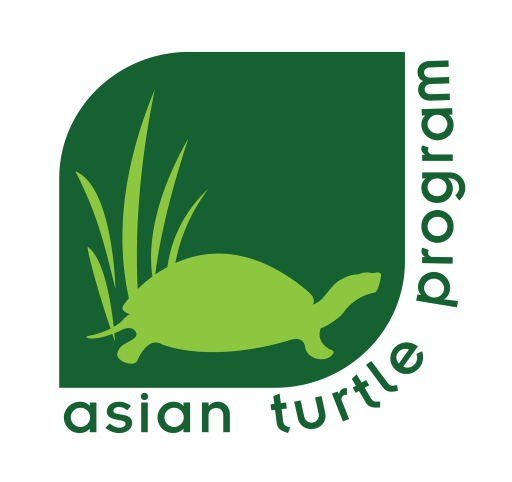


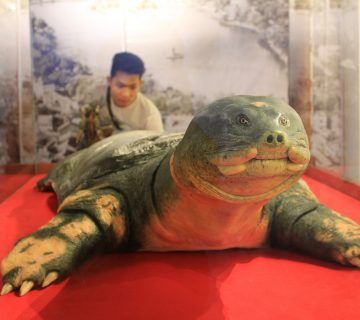
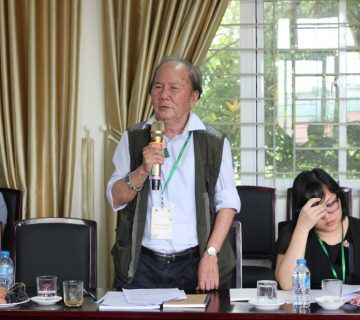
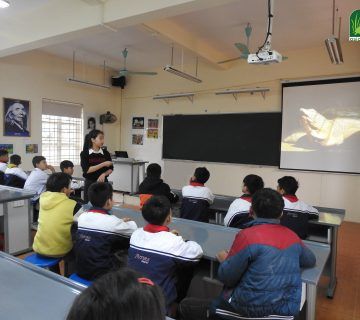

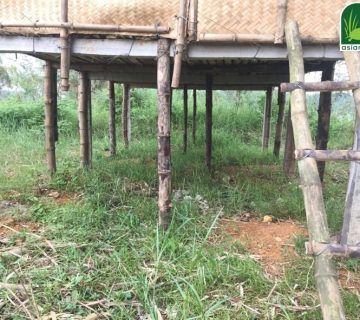
No comment